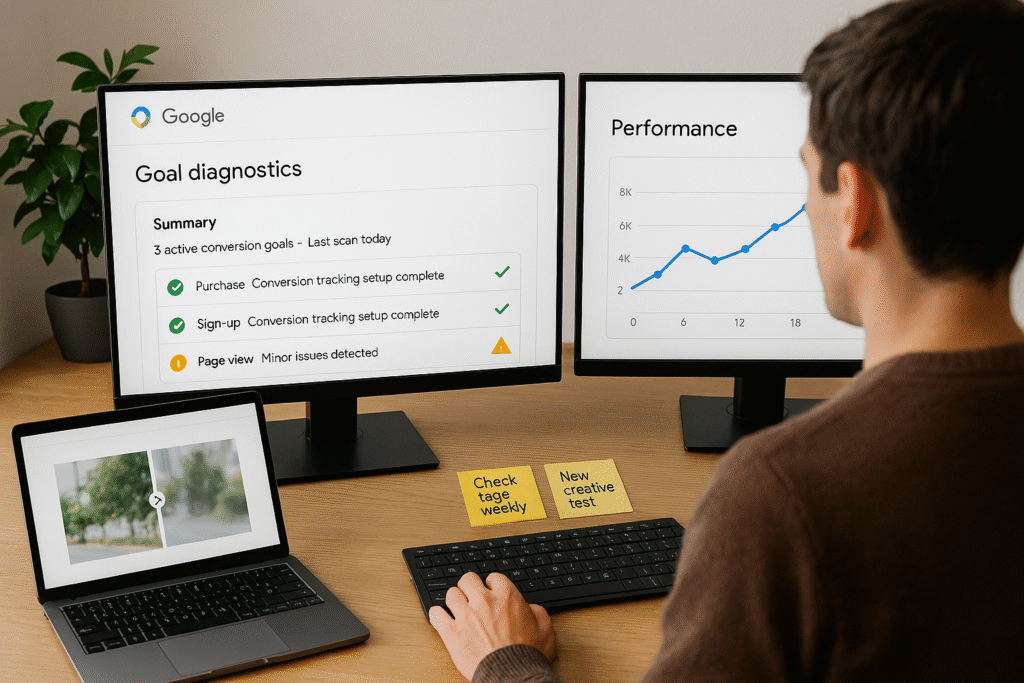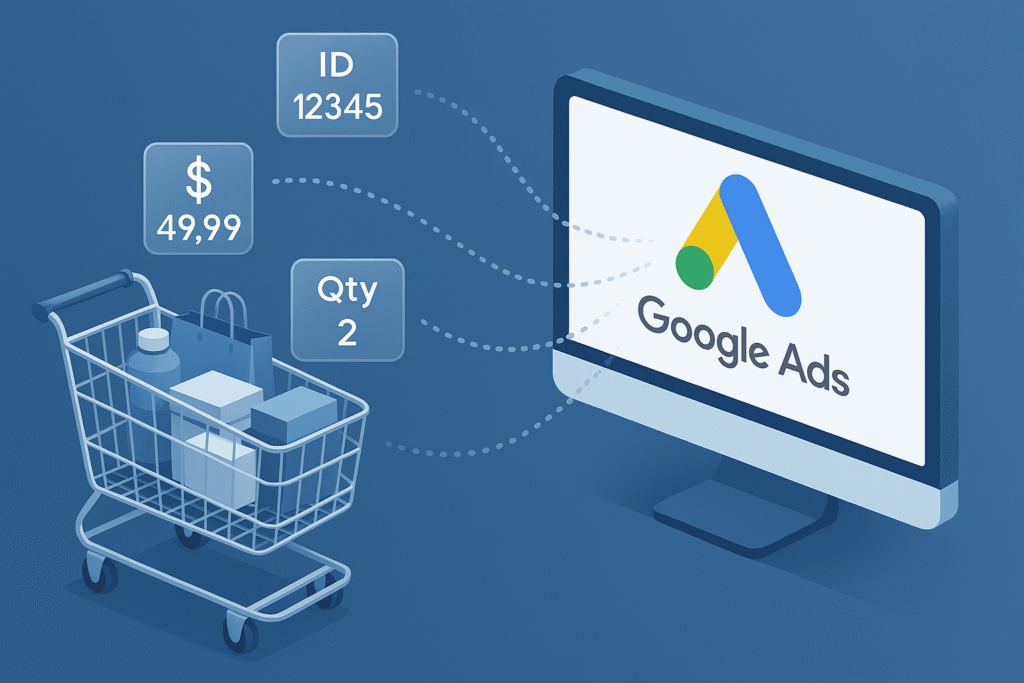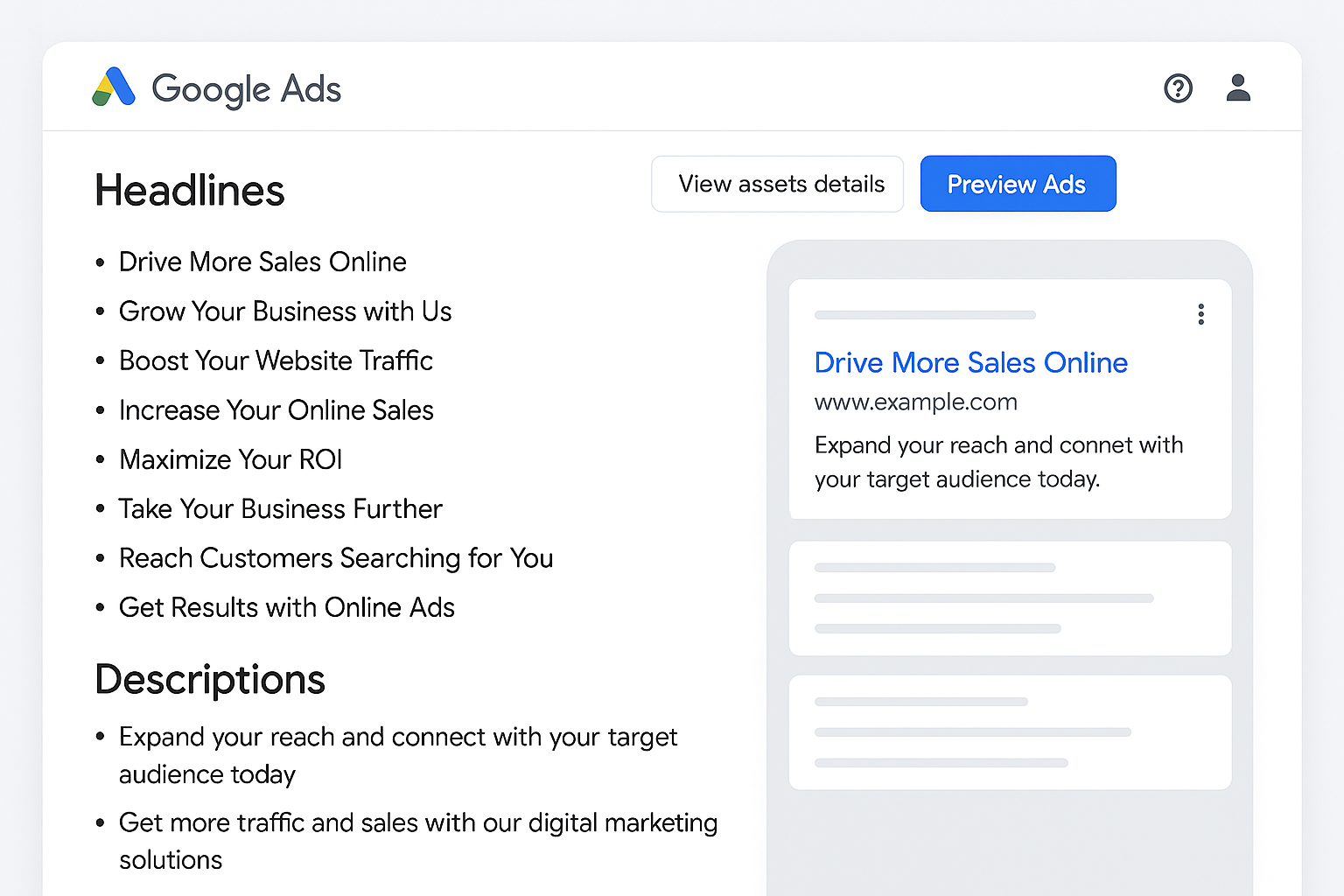Google has just given an overview of Google Recent Enhancements to Performance Max (PMax), further cementing it as one of the most powerful, and now, more controllable, campaign types in Google Ads. Learn why you might not be able to go live on Instagram and how to fix it.
While many of these features have been teased or quietly spotted by PPC professionals in recent months, the official confirmation from Google gives advertisers a clear roadmap for using PMax in a more strategic, targeted, and creative way.
As someone who’s been working with PMax since its early days, I can say this update feels like Google is finally addressing two big advertiser pain points: control and visibility. Follow these steps to recover a suspended account and regain access fast.
1. More Audience and Placement Controls
For years, advertisers have asked Google for more ways to fine-tune where their PMax ads appear. With this update, that wish list is getting checked off:
- Campaign-Level Negative Keyword Lists: Advertisers can now apply the same negative keyword list to multiple PMax campaigns at once. This is a huge time-saver for agencies managing dozens of campaigns and ensures consistent brand safety across the board.
- Search Theme Limits Doubled: The cap on search themes has jumped from 25 to 50 per asset group, meaning more opportunities to target specific queries. For niche markets, think specialty retailers, high-end service providers, or regional brands, this is a massive win.
- Device and Age Targeting Fully Available: You can now directly set device preferences and age targeting in PMax, and there’s even a beta for gender targeting. This unlocks a level of demographic precision we haven’t seen before in this campaign type.
From my perspective, this is where PMax starts looking less like a “black box” and more like a flexible tool that can be shaped to match real business goals.
2. Smarter New Google Recent Enhancements to Performance Max
One of Google’s selling points for PMax has always been its ability to drive new customer acquisition. But until now, the reporting often left advertisers scratching their heads, especially when they saw “Unknown” labels in their data.

That’s changing:
- No More ‘Unknown’ Labels: Improved reporting now removes those frustrating “Unknown” fields, giving advertisers cleaner, more reliable data on exactly who their new customers are.
- Goal Diagnostics: This new feature helps troubleshoot broken tags, missing conversions, or misconfigured settings, all without having to jump between multiple dashboards.
For ecommerce advertisers especially, this means better bidding accuracy. If you’ve ever struggled with wasted spend because Google wasn’t sure who counted as “new,” this fix could save serious budget. Find out what to do if your Instagram account is disabled unexpectedly.
3. Enhanced Creative Visibility & Insights
If you’ve run PMax campaigns, you know the creative side can feel like throwing spaghetti at the wall, Google picks what runs, but you don’t always know why. Now, that’s improving:
- Final URL Expansion Asset Reporting: Advertisers can now see exactly which assets were served to users, and remove underperformers. This alone could reshape how creative testing is done in PMax.
- AI-Powered Creative Recommendations: Google’s built-in AI now gives direct suggestions for improving image quality, complete with links to its own image editor. This means you can fix problems, like blurry visuals or poor cropping, without leaving the platform.
From a practical standpoint, this makes it much easier to refine creative assets on the fly, rather than waiting weeks to pull reports, interpret them, and then make changes.
Why This Update Matters
In my experience, PMax’s greatest strength, its automation, has also been its greatest weakness. Many advertisers have loved the reach and conversion potential, but hated the lack of transparency.
With these updates, Google is giving advertisers the levers they’ve been asking for: more audience control, better customer tracking, and direct creative management.
For agencies, this means less time explaining to clients why their ads showed up in odd placements or why half their “new customer” data was labeled “unknown.” For in-house teams, it means being able to quickly align campaigns with brand guidelines and demographic targets without starting from scratch.
Potential Impact on Campaign Performance
While it’s too soon to have full performance data from these features, here’s what I expect based on similar rollouts in other Google Ads products:
- Higher Quality Traffic: Negative keyword lists and demographic targeting will reduce wasted impressions and clicks.
- Faster Optimization: Search theme expansion and asset reporting mean advertisers can scale what works, faster.
- Lower Cost per Acquisition (CPA): Cleaner new customer data allows for more precise bidding, likely improving ROAS over time.
How Advertisers Can Take Advantage Now
If you’re managing PMax campaigns, here’s my recommended next step checklist:
- Audit Your Current Campaigns: Identify where brand safety controls or targeting precision are currently lacking.
- Create a Master Negative Keyword List: Apply it across all PMax campaigns for consistent filtering.
- Expand Search Themes Thoughtfully: Use the new limit to test niche queries and emerging keywords.
- Enable Device, Age, and Gender Targeting: Start with your best-performing segments from Search or Display campaigns and apply them here.
- Review Final URL Expansion Reports Weekly: Keep only top-performing creative assets live.
Final Take
These Google Recent Enhancements to Performance Max mark a turning point. What once felt like a “trust the algorithm” gamble is evolving into a collaborative platform where advertisers and Google’s AI work together.
The improved controls, cleaner data, and creative transparency will not only help optimize ad spend but also build more trust between advertisers and the platform.
For anyone running Google Ads in 2025, the message is clear: PMax isn’t just here to stay, it’s becoming harder to ignore. Explore how TikTok’s engaged session tool can boost your content performance.
And personally, as someone who’s seen PMax frustrated as often as it’s impressed, I think these changes could be the tipping point where advertisers stop asking, “Should I run PMax?” and start asking, “How fast can I roll it out across more campaigns?”





